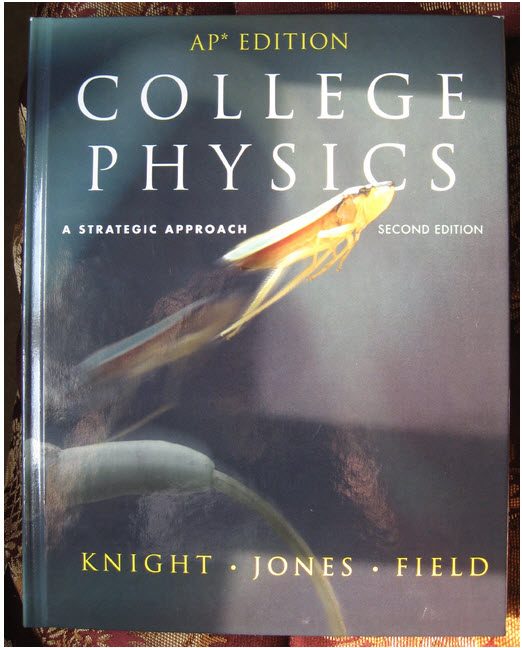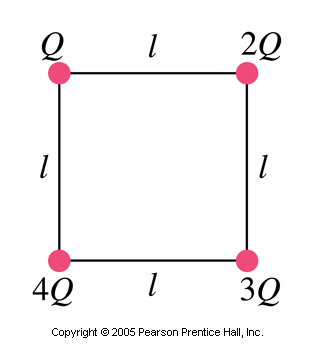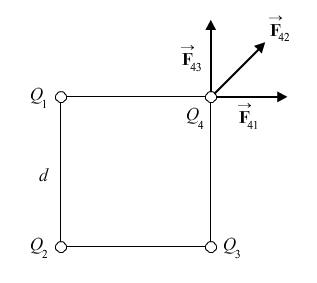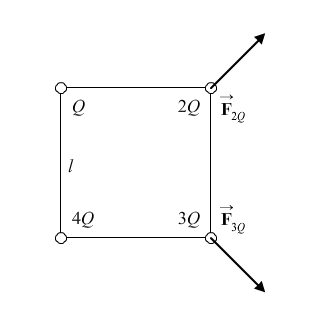 Coulomb’s Law Calculations Self Check
Coulomb’s Law Calculations Self Check
View the following example problem using Coulomb’s Law, then try a problem on your own. Complete the self-check activity by looking at the prompts below, working through the problems, and then clicking on the question to review the solutions.
 For more practice, complete the following problems from Chapter 16 in your textbook. The answers are in the back of your book.
For more practice, complete the following problems from Chapter 16 in your textbook. The answers are in the back of your book.
Problems: 1-21 odd (13 is the example below)
 Tutorial: Coulomb’s Law Example
Tutorial: Coulomb’s Law Example
In this example, you will see Coulomb’s Law at work. Select the play button to begin the tutorial, and then use the navigation buttons to pause/stop, continue, or reset the tutorial. View the presentation as often as you would like, and take notes as you follow along. Be sure to set your volume at a reasonable level before you begin.
Problem 1
Two positive point charges are a fixed distance apart. The sum of their charges is QT. What charge must each have in order to (a) maximize the electric force between them, and (b) minimize it?
(a) Let one of the charges be q, and then the other charge is QT - q. The force between the charges is:
If we let |
Problem 2
A charge of 6.00 mC is placed at each corner of a square 0.100 m on a side. Determine the magnitude and direction of the force on each charge.
Determine the force on the upper right charge, and then use the symmetry of the configuration to determine the force on the other three charges. The force at the upper right corner of the square is the vector sum of the forces due to the other three charges. Let the variable d represent the 0.100 m length of a side of the square, and let the variable Q represent the 6.00 mC charge at each corner.
Add the x and y components together to find the total force, noting that
|
Problem 3

At each corner of a square of side l there are point charges of magnitude Q, 2Q, 3Q, and 4Q. Determine the force on (a) the charge 2Q, and (b) the charge 3Q, due to the other three charges.
Take the lower left hand corner of the square to be the origin of coordinates. Each charge will have a horizontal force on it due to one charge, a vertical force on it due to one charge, and a diagonal force on it due to one charge. Find the components of each force, add the components, find the magnitude of the net force, and the direction of the net force. At the conclusion of the problem is a diagram showing the net force on each of the two charges.
(a)
(b)
|
Problem 4
Two point charges have a total charge of
Since the force is repulsive, both charges must be the same sign. Since the total charge is positive, both charges must be positive. Let the total charge be QT. Then if one charge is of magnitude q, then the other charge must be of magnitude QT - q. Write a Coulomb’s law expression for one of the charges.
|









